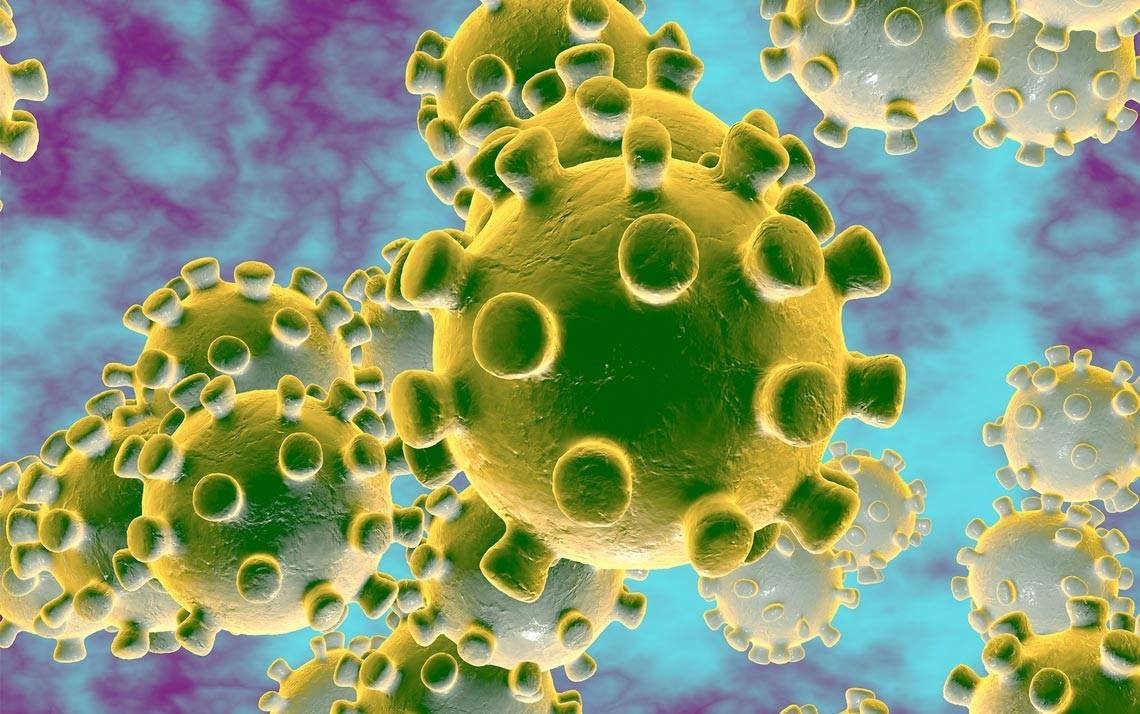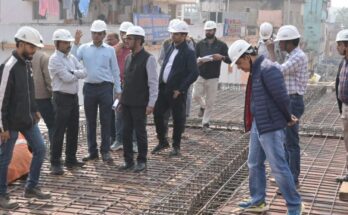New Delhi: Despite accelerated progress over the past decade, the world will fall short of ensuring universal access to affordable, reliable, sustainable and modern energy by 2030 unless efforts are scaled up significantly, a new report by several agencies said on Thursday.
According to the International Energy Agency (IEA) the International Renewable Energy Agency (IRENA), the United Nations Statistics Division (UNSD), the World Bank and the World Health Organization (WHO) report — Tracking SDG 7: The Energy Progress Report — progress had been made on various aspects of Sustainable Development Goal (SDG) 7 prior to the start of the Covid-19 crisis.
This includes a notable reduction in the number of people worldwide lacking access to electricity, strong uptake of renewable energy for electricity generation, and improvements in energy efficiency.
Despite these advances, global efforts remain insufficient to reach the key targets of SDG 7 by 2030.
The number of people without access to electricity declined from 1.2 billion in 2010 to 789 million in 2018, however, under policies that were either in place or planned before the start of the Covid-19 crisis, an estimated 620 million people would still lack access in 2030, 85 per cent of them in Sub-Saharan Africa.
SDG 7 calls for universal energy access by 2030.
Other important elements of the goal also continue to be off track.
Almost 3 billion people remained without access to clean cooking in 2017, mainly in Asia and Sub-Saharan Africa.
Largely stagnant progress since 2010 leads to millions of deaths each year from breathing cooking smoke.
The share of renewable energy in the global energy mix is only inching up gradually, despite the rapid growth of wind and solar power in electricity generation.
An acceleration of renewables across all sectors is required to move closer to reaching the SDG 7 target, with advances in heating and transport currently lagging far behind their potential.
Following strong progress on global energy efficiency between 2015 and 2016, the pace has slackened.
The rate of improvement needs to speed up dramatically, from 1.7 per cent in 2017 to at least three per cent in coming years.
Accelerating the pace of progress in all regions and sectors will require stronger political commitment, long-term energy planning, increased public and private financing, and adequate policy and fiscal incentives to spur faster deployment of new technologies.
An increased emphasis on “leaving no one behind” is required, given the large proportion of the population without access in remote, rural, poorer and vulnerable communities.
The 2020 report introduces tracking on a new indicator, 7.A.1, on international financial flows to developing countries in support of clean and renewable energy.
Although total flows have doubled since 2010, reaching $21.4 billion in 2017, only 12 per cent reached the least-developed countries, which are the furthest from achieving the various SDG 7 targets.




